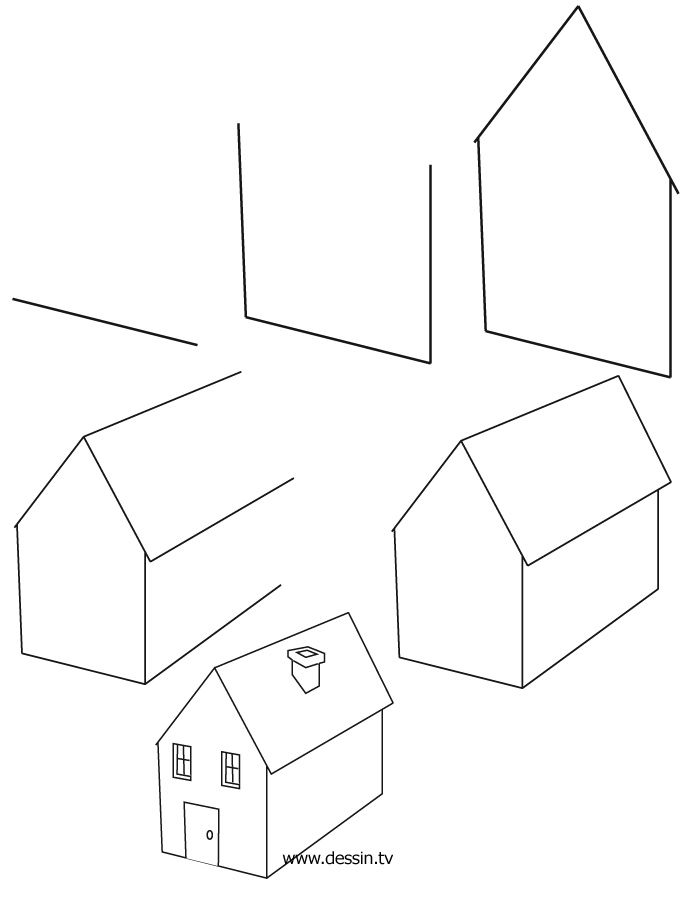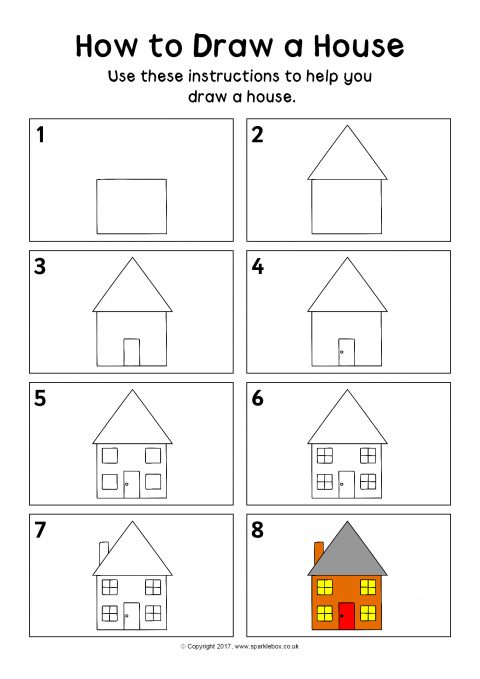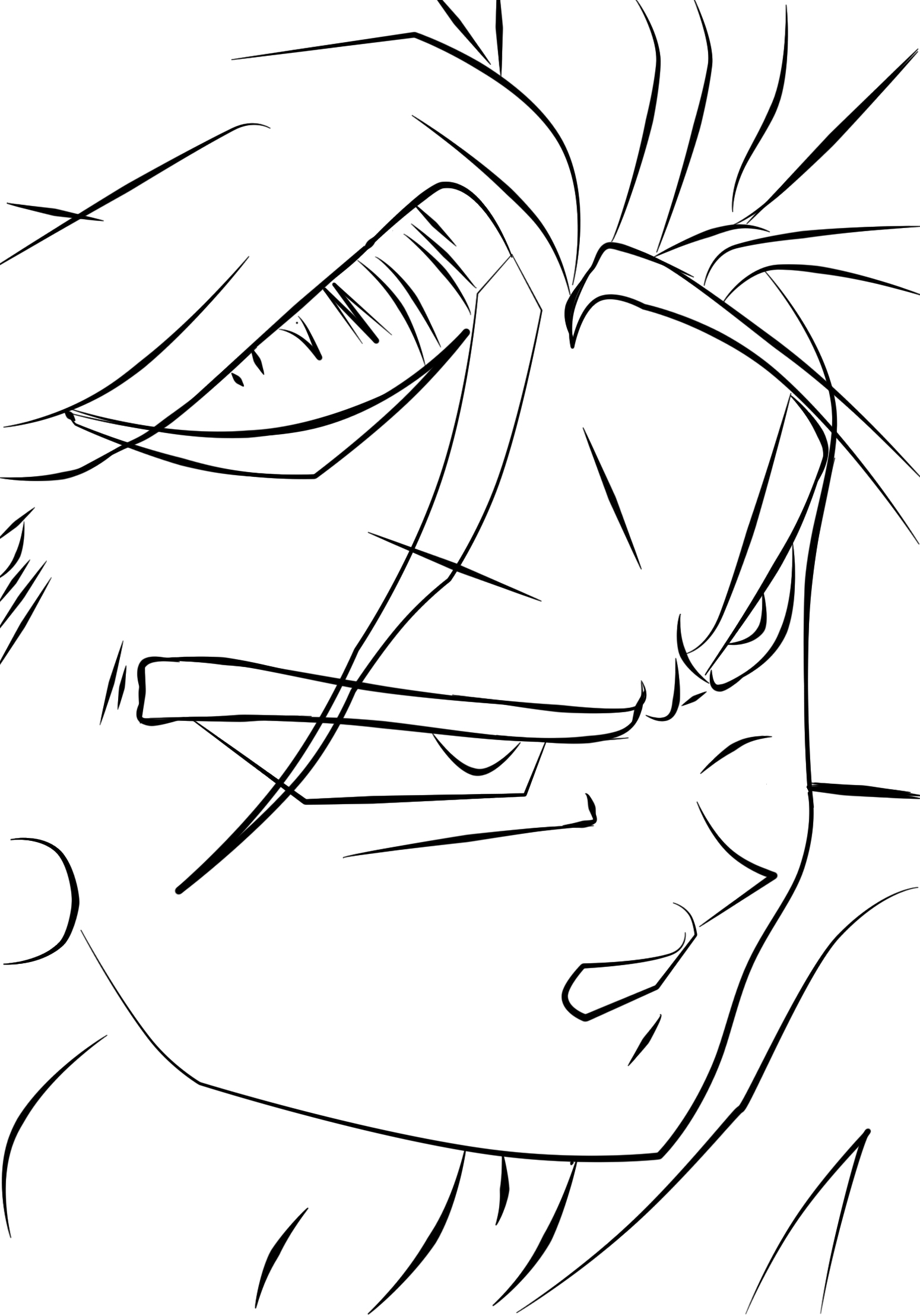Draw house instructions sheet drawing kids easy simple drawings kindergarten sparklebox basic shapes directed visit choose board showing
Table of Contents
Table of Contents
Learning to draw a house can be a fun and creative experience, but for some, it can also be a daunting challenge. Have you ever tried to draw a house only to end up with a lopsided, unrecognizable shape? Fear not, as this blog post will provide you with step-by-step instructions on how to draw a house that even a beginner can follow.
Pain Points
Feeling frustrated when attempting to draw a house is a common pain point for those who are not familiar with the basics of sketching. People often struggle with proportions, angles, and overall structure. It can be difficult to know where to begin or how to add depth and detail to a house drawing. Moreover, without instructions, it can be tough to create a realistic-looking house drawing.
Answering the Target of How to Draw a House
To draw a house step-by-step, you first need a general idea of what you are trying to accomplish. You also need to follow general guidelines as to where to draw certain features such as the doors or the roof. It’s worth noting that the drawing process can differ depending on the style of the house you are aiming to draw, but there are general techniques and methods that can be used for all kinds of housing structures.
Summary of Main Points
Here are the primary steps to follow when drawing a house:
- Start with a basic shape. This would often be a rectangle, but other shapes can also work depending on the house’s architecture.
- Divide that shape into sections for the roof, windows, and doorways.
- Use a ruler to keep straight lines for the walls and roof.
- Add texture for the walls and shingles for the roof.
- Finish with adding details such as trim around the windows and doors or even landscaping.
Step-by-Step Instructions: How to Draw a House
When I first started learning how to draw a house, I found that creating a foundation shape made it much easier to bring the rest of the house together. Starting off with a basic shape allows you to set the proportions and overall size of the house before adding any details.
I found that using a reference image for the house I wanted to draw was incredibly helpful. It allowed me to get a better sense of how the house was structured and how different features were placed. From there, I could draw a foundation shape and procedurally add in features like doorways, windows, and roofing.
 Once your foundation shape is drawn, you can then start to add the walls and roof. Be sure to use a ruler to keep your lines straight, and take your time when sketching. If you’re unsure of an angle or a line, it’s always better to take a step back and reevaluate rather than make mistakes you’ll have to fix later.
Once your foundation shape is drawn, you can then start to add the walls and roof. Be sure to use a ruler to keep your lines straight, and take your time when sketching. If you’re unsure of an angle or a line, it’s always better to take a step back and reevaluate rather than make mistakes you’ll have to fix later.
 Tips for Adding Texture and Detail
Tips for Adding Texture and Detail
To add texture to the walls, one good overall practice is to use short, quick lines that follow the shape of the wall. These lines, when layered, can make the walls appear more three-dimensional. Another excellent technique for adding dimension is to shade in areas where the wall appears to curve or where it meets another feature such as a roof.
 Once the main structure of the house is complete, you can start to add details such as landscaping, chimneys, or other small aesthetic features. These features can vary depending on the style of a house or your preferred choices. Remember that small details can make a significant impact on the drawing’s overall appearance.
Once the main structure of the house is complete, you can start to add details such as landscaping, chimneys, or other small aesthetic features. These features can vary depending on the style of a house or your preferred choices. Remember that small details can make a significant impact on the drawing’s overall appearance.
Frequently Asked Questions
Can I still learn how to draw a house without having any artistic experience?
Absolutely. Drawing a house requires more attention to detail and patience than artistic talent. By following the steps laid out in this post, anyone can learn to create a beautiful house drawing.
What do I do if I make a mistake when drawing a house?
Mistakes are a part of the drawing process, and it’s entirely normal to make a few as you go along. One technique to correct them is by using an eraser or whiteout to erase your previous lines. Another technique is to adjust your drawing to incorporate the mistake into the overall drawing. Remember, don’t be too hard on yourself; drawing takes time and practice to perfect.
Are there any tips for cleaning up my drawing after it’s complete?
After you complete your drawing, there may be some leftover lines or smudges on it. You can use a clean eraser to carefully erase any unwanted marks. Then, you can use a brush to remove any stray eraser dust from the page. Try to refrain from using your fingers as they could smudge the paper or erase your lines.
Are there any tips for choosing a house to draw?
A classic-looking house with straight lines makes it an ideal candidate for beginners to draw. It would help if you keep in mind to find a reference picture for the house you prefer to draw. Lastly, always remember to choose something that you enjoy. Drawing should always be a fun activity that makes you creative and relaxed.
Conclusion of Instructions on How to Draw a House
Drawing a house can seem complicated, but anyone can learn how to do it by following these steps. Remember always to keep practicing, and be patient with yourself. With time, you’ll be able to create all kinds of beautiful house drawings that you’ll feel proud of.
Gallery
Related Items

Photo Credit by: bing.com / draw house instructions sheet drawing kids easy simple drawings kindergarten sparklebox basic shapes directed visit choose board showing
How To Draw A House · Art Projects For Kids | Kids Art Projects, Art

Photo Credit by: bing.com / artprojectsforkids kidsdomainofart
Instructions To Draw A House

Photo Credit by: bing.com / tekenen
547 Best Drawing Perspective Lessons Images On Pinterest | Art

Photo Credit by: bing.com / house step draw drawing simple easy learn instructions drawings kids lessons things barn thedrawbot steps perspective cool coloring shihoriobata beginners
How To Draw A Simple House | Simple House, Drawing Lessons, Learn To Sketch

Photo Credit by: bing.com /





